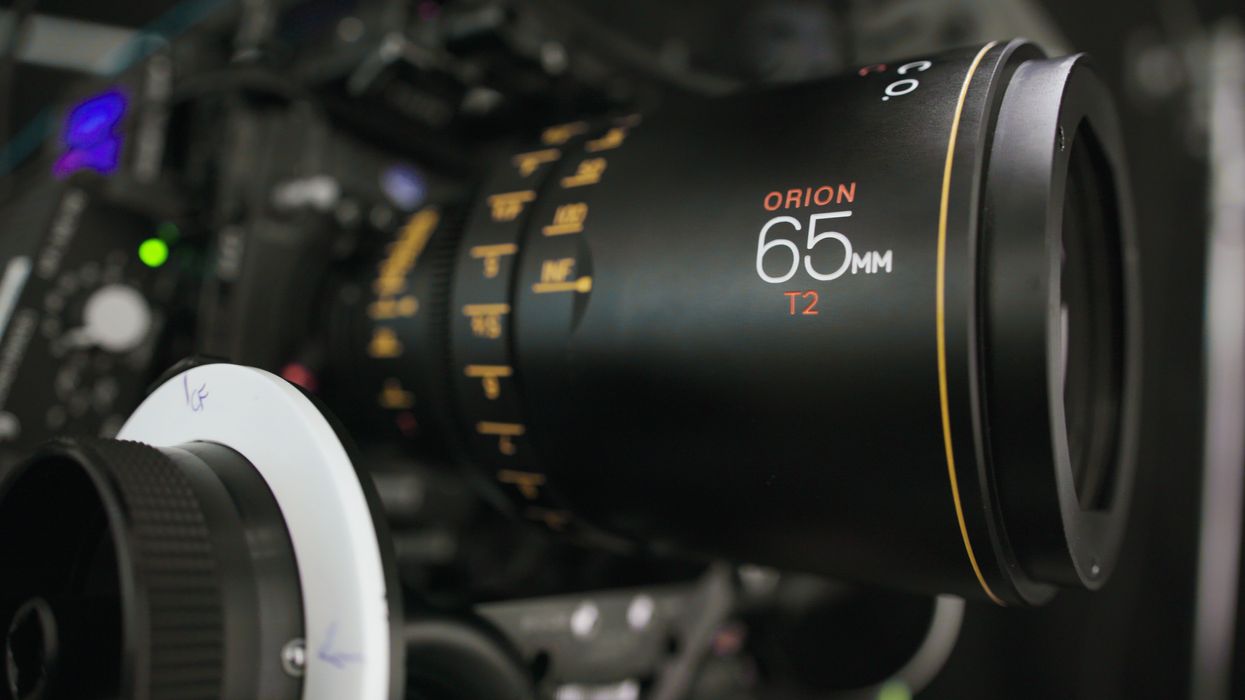The Most Thorough Anamorphic Lens Test Ever is Here
Rental marketplace ShareGrid goes wide with a deep dive into anamorphic lenses.

One of the hardest things with choosing lenses to rent for an upcoming project is finding real, objective information about what qualities each set of glass brings to your image. There are countless interviews with DPs talking about lens personality and quality, but when you watch their final projects, there are countless factors that could have created the feeling of the image. Maybe it was the lens, but maybe it was the camera sensor, film stock, post processing, or the projector in your theater that gave it that special glow you want to recreate.
Between front, middle and rear anamorphosers you get drastically different looks.
What's really needed is to directly compare a variety of glass in a controlled situation, which is hard to organize and usually involves spending a few days living in the prep room of a rental house comparing all the lenses they've got. But even massive rental houses can't keep every bit of glass, including vintage, in stock (even Clairmont had holes in its lineup), which is what makes the ShareGrid lens tests so useful. The ShareGrid team members are true lens fanatics, and they put the work into testing as wide a spectrum of glass as possible. Last year they did spherical lenses and created an exhaustive vintage cinema lens test. This year they are back at it with anamorphics.
While the spherical lens test was itself a fascinating dive into glass, anamorphic is even more interesting since there is frankly more diversity in anamorphic lens design. Between front, middle and rear anamorphosers you get drastically different looks, and the anamorphic process exagerates color casts created by coating in the stretchy flares anamorphic is known for. A consistent comparison between as many different anamorphic lines and sets as possible is a huge time saver when attempting to identify precisely what glass will give you the look you desire.
In addition to consistency in testing setup from lens to lens, the ShareGrid tests are tremendously useful for the amount of behind-the-scenes information that is shared about the original conditions for the test. The best possible test is one you shoot yourself since you know precisely how things looked and where they were on the day, and you can see how each of those decisions then ripples through to post. However, that's rarely in the budget on smaller productions, and never on this scale, so this is your second best option since you can dive into the setup and then see it consistently shot where the only changing element is the glass.

Especially cool is the comparison tool built by ShareGrid to help filmmakers view side-by-side groups of four lenses next to each other. Unsure which wide angle anamorphic offers precisely the distortion you are looking for? Bring them all up here and see how they each react at the wide end. The team has even built a single play button to play all 4 videos at the same time, especially helpful for keeping your focus on the images and what they actually tell you and not just trying to click "play" 4 times really fast to play them all at once or pause them all on the same frame.
Especially cool is the comparison tool to help filmmakers view side-by-side groups of four lenses next to each other.
On top of the common anamorphic options, this test includes a few particularly exciting outliers this time around. The newest set of anamrophic lenses, the Atlas, was included. Though only the 65mm was available during shooting, it'll still be good to see how that 65mm stacks up against similar units.
Most exciting of all is that word "Panavision." Panavision Anamrophics are wonderful (even the high-speed glass from the 70s, though it does fall apart wider than a 2), but it's traditionally in PV mount so doesn't usually show up in these comparisons. The set here is actually the old Panatars, available for sale before Panavision went rental only in the '70s. Having a set of Panavision glass of any sort is a great inclusion, though the age of the Panatars does remind us of how cool it would be if more modern glass could be included in future revisions.


Hopefully, the next iteration will have both a cool LED and a warm tungsten source to see how the different color temperatures of light flare differently. Remember, though, that flaring isn't just the lens, but also the sensor and internal coating of the sensor area, so your results might vary and, again, once you've used this test to narrow in on a few final choices, you should still do your own testing where possible.
Check out the full specs on the ShareGrid site.











